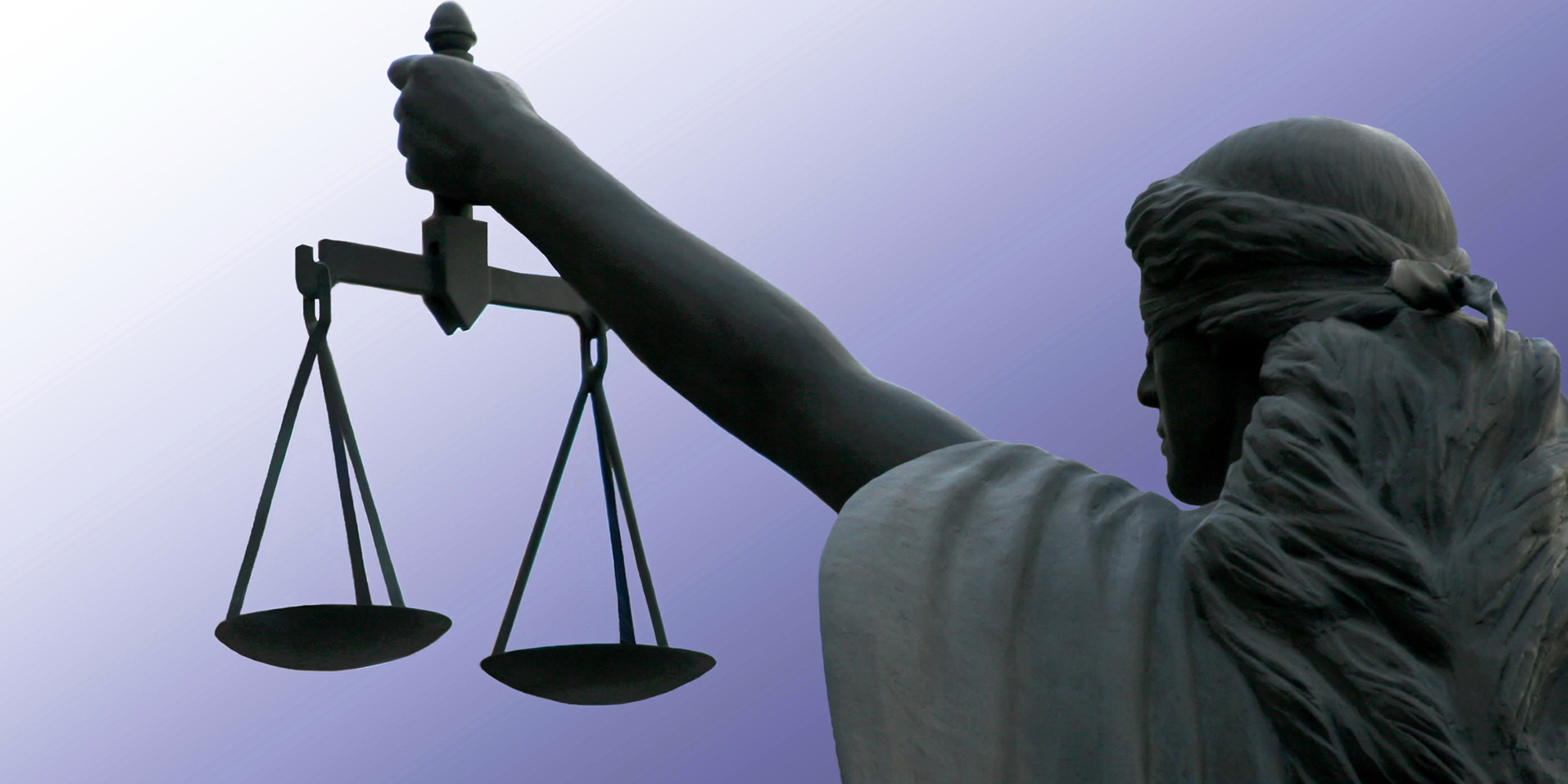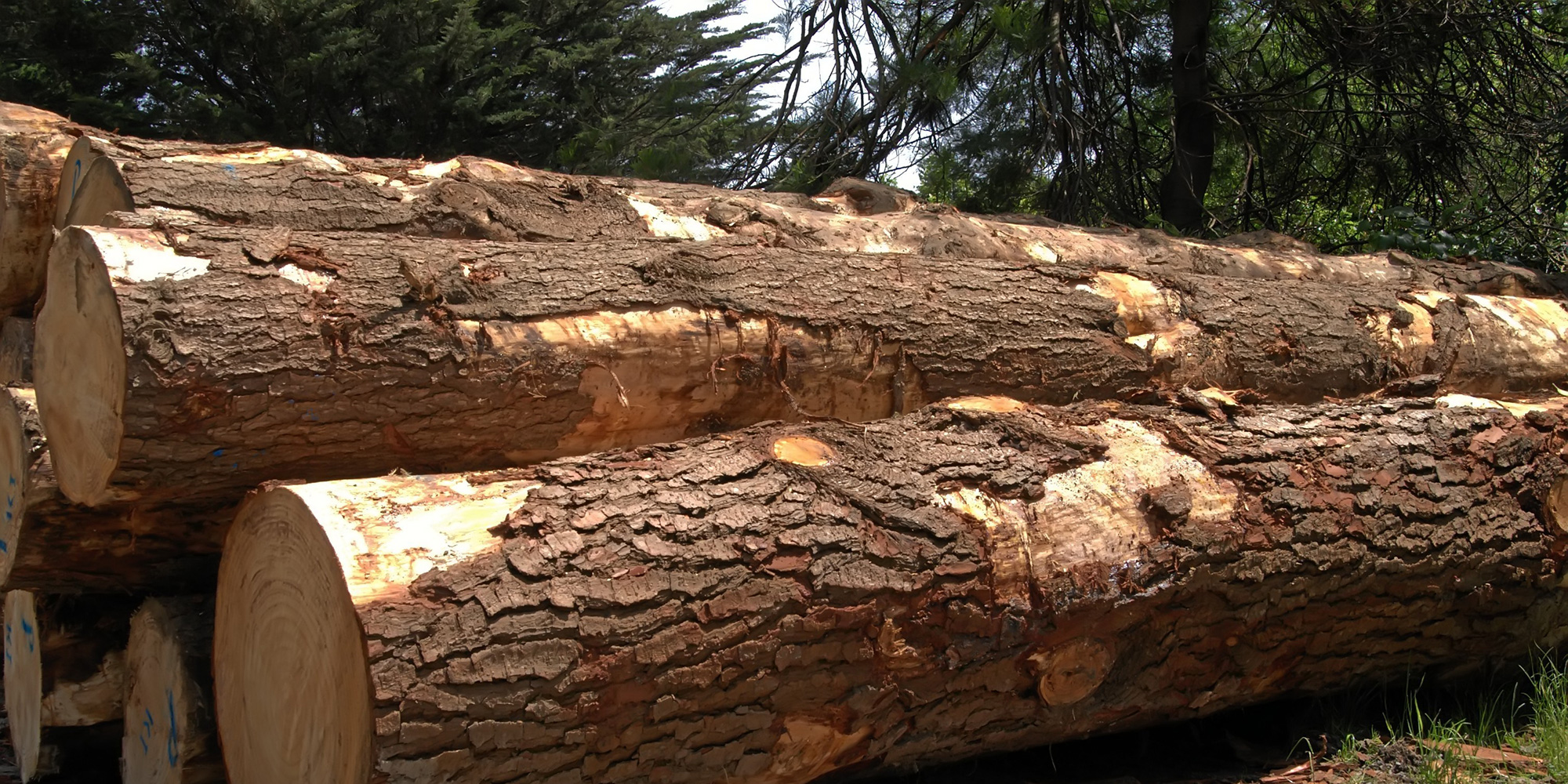Tsilhqot’in Decision Q&A with Robert Janes, JFK Law: Part 2
This is the second in the two-part series of our interview with Robert Janes, JFK Law, and Chair of the “Tsilhqot’in Nation and Recognition of...

The Supreme Court of Canada’s Tsilhqot’in Decision reverberated through First Nation communities, leaders, resource developers, provincial and federal governments, lawyers, consultants – basically every First Nation and every person involved in resource development in Canada. It is a complex decision and well beyond the comprehension of most laypeople. Fortunately, the Pacific Business & Law Institute, recognizing the need for clarification on the complexities of the decision, has brought together respected luminaries who will share their perspectives over two days during the “Tsilhqot’in Nation and Recognition of Aboriginal Title at the Supreme Court of Canada: Analysis & Impact”, October 7 & 8, in Vancouver, BC.
In advance of the two-day forum, we were privileged to have an interview with Robert Janes, Principle at JFK Law Corporation, who is chairing the Forum. This is the first of a two-part series on the Tsilhqot’in Decision. Please click here for Part 2.
The Tsilhqot’in decision is one of the most important decisions to come down in the last ten years. It is a complex decision with wide-ranging implications for Aboriginal law. There are subtleties to it that need to be understood and there is a wide range of perspectives it which should be heard. The two-day forum gives people a chance to digest the decision in pieces and hear a wide variety of perspectives.
We will see over time how it actually changes things. But, to my mind, it strengthens the hand of Aboriginal People in dealing with industry and government in that it recognizes a much broader and stronger right to their traditional territories than the government has been willing to recognize in the past. It also strengthens the law around the duty to consult and accommodate, it places a greater onus on the Crown that proper consultation occurs and creates greater risks for industry and government where that consultation has not happened. It also alters the relationships between First Nations throughout Canada and the federal and provincial governments; it makes it clear that while the provincial governments may have greater power than they thought, they also have greater duties and obligations.
One of the most striking aspects of the case is that the court made it clear that if title is established, governments may have to revisit authorizations that have been made in the past. This means that companies are not only facing stronger rights to claims by First Nations that will have to be dealt with upfront but if they fail to deal with those claims, the consequences can be felt by industry, not just by governments. For example, permits that a company may have thought were secure may turn out to be not as secure as they believed.
Two significant changes have occurred:
We think that this significantly strengthens the consultation process and imposes more onerous duties on the Crown even if the law is not formally changed.
Featured photo: Shutterstock

This is the second in the two-part series of our interview with Robert Janes, JFK Law, and Chair of the “Tsilhqot’in Nation and Recognition of...

Did anyone notice that the Province didn’t officially respond to Tsilhqot’in until September 11, 2014? Why? Things have changed in a way that is hard...